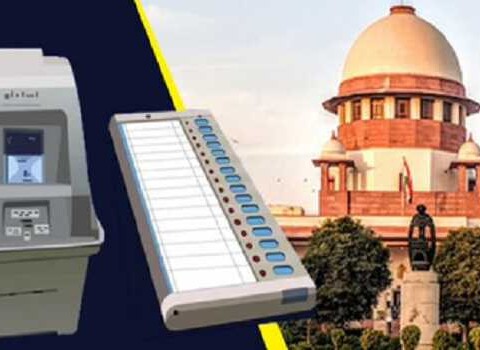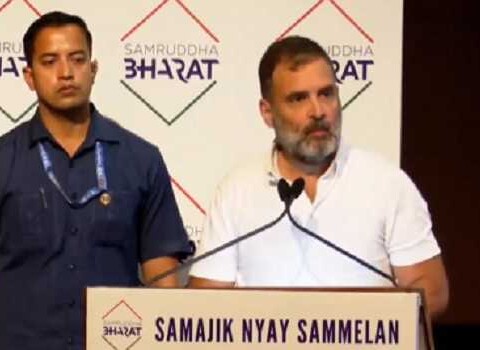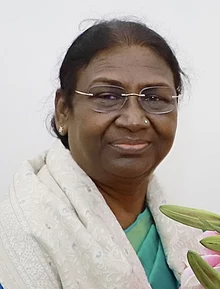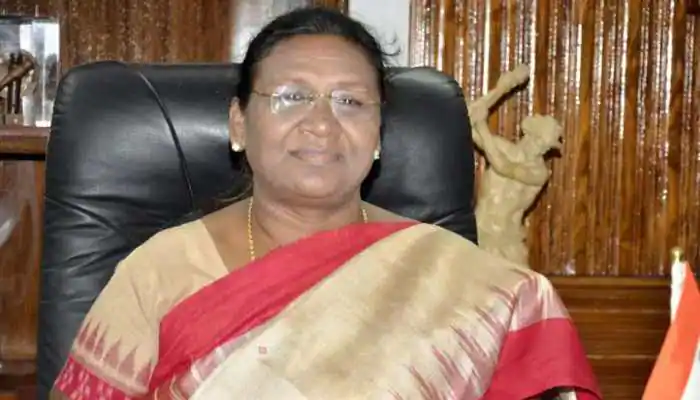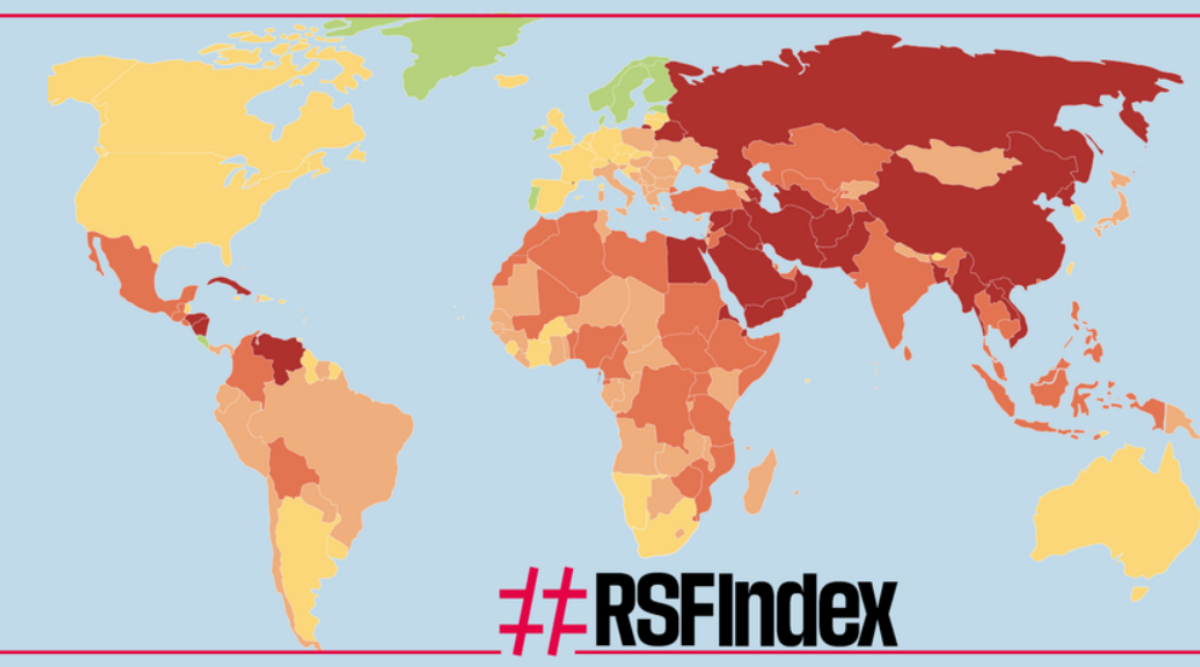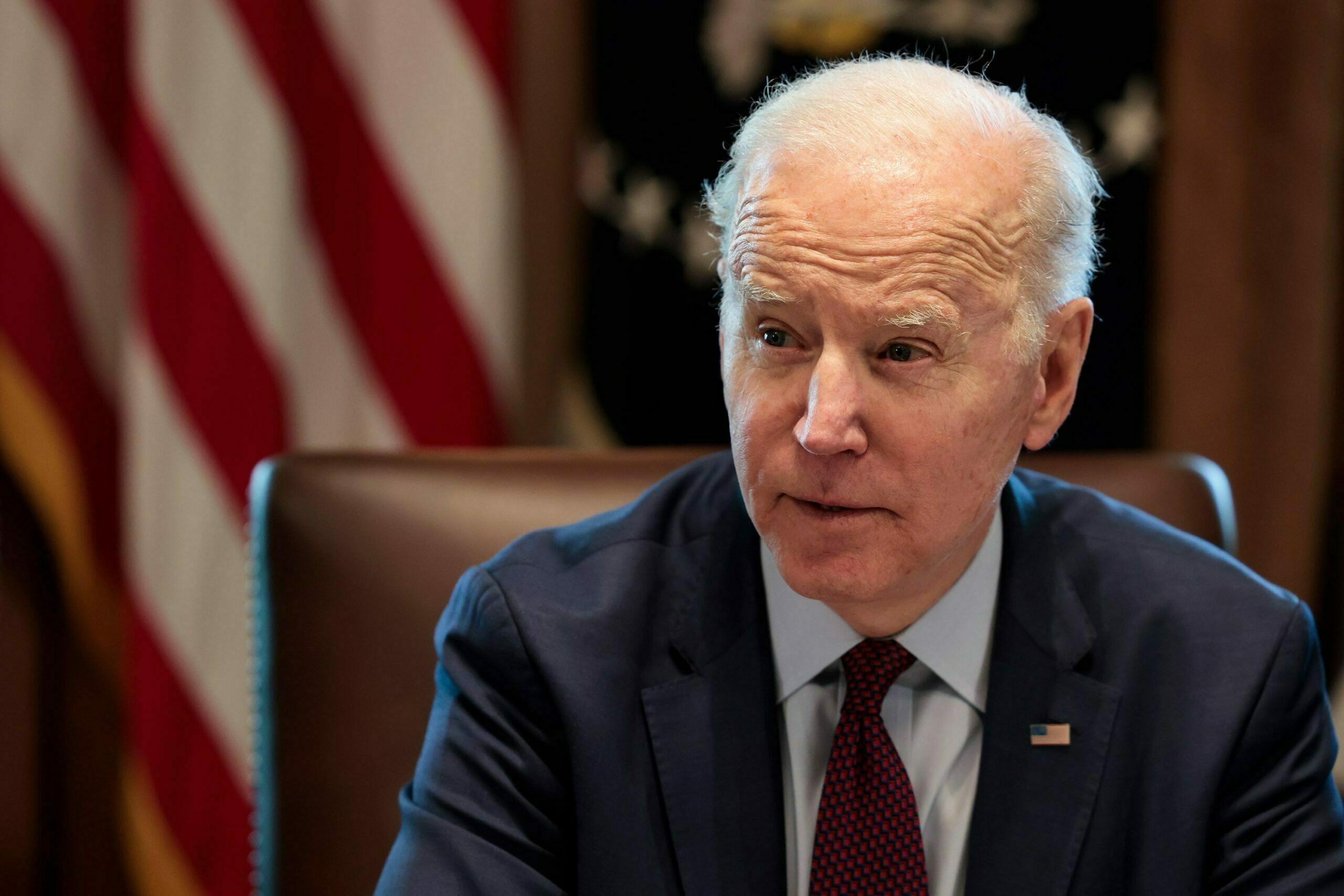Last week, the president of India, Ram Nath Govind had his two days maiden tour to the state of Jammu and Kashmir. The president arrived here to preside over the convocation at Shri Mata Vaishno Devi University (SMVDU).
The University in a very short span of time has emerged as one of the most prestigious institutions of state. It was set up by the state government under an act of the State Legislature (ACT No. XII of 1999 dated 12th May 1999) under Jammu and Kashmir Shri Mata Vaishno Devi University act, 1999.
In 2004, the former president of India and renowned scientist APJ Abdul Kalam Azad inaugurated its first academic unit and the University got an opportunity to have its first lecture delivered by Kalam. Fully funded by the Shri Mata Vaishno Devi Board (SMVB) which was itself set up in 1986, so far the University has produced nearly 4000 students with degrees in various professional and non professional courses. It has also offered scholarships to the meritorious and needy students.
Presently, the University has set a benchmark and is counted among the top universities in the country. Well administered, the university has hardly been in news anytime since its inception for wrong reasons and has all its windows open to show its transparent functioning. The role of management with perfect institutional hierarchy paved way for the Varsity to scale its heights and secure its space in the fiefdom of education.
Contrary to this, in Kashmir on the same pattern, the state government set up the Waqf board which receives crores of rupees as donations from common people through different shrines across state. Forget about its contribution and the purpose for which it was created, it has always been in news for all the wrong reasons.
Nepotism, corruption and malpractices are a routine affairs of this ‘sacred’ institution. One can try hard but would fail to find any positive contribution of this institution to the society, though crores of rupees go in its kitty.
It is alarming and at the same time shameful to read that the concerned authorities in the past were accused for selling graves. Several newspapers reported that the Board revealed it has been only managing the salaries of its employees out of all the donations it receives.
The total income it revealed for the year 2016-17 was INR 19 crores, out of which INR 11 crores were spent on the salaries of its staff. The question here is, if there is no work for the staff and the Board is not progressing, why is the shop not shutting?
The aim of setting up this Waqf board was to institutionalize the affairs of all shrines and its allied bodies in Kashmir. The donations received by these body were supposed to be used for the needy and deserving people and subsequently to renovate the shrines falling under it.
The Board however, in both the cases seems to have miserably failed. Every time when the fingers are raised over its functioning and transparency, it manages to evade the crisis playing different cords.
The government also fails to take any action against this institution while majority of the shrines falling under it are well in a dilapidated condition. The famous Shrine at Baramulla, Syed Janbaz Wali alone according to its caretakers contributes millions of rupees to the board annually; however, the condition of the shrine still fails to catch the Board’s attention.
The donors at these shrines are contributing with the intention that the money benefits the needy and deserving people. If those, who are in helm of the affairs, do not ensure this, they will be accountable to God and to those Sufi Saints resting at these sacred places.




